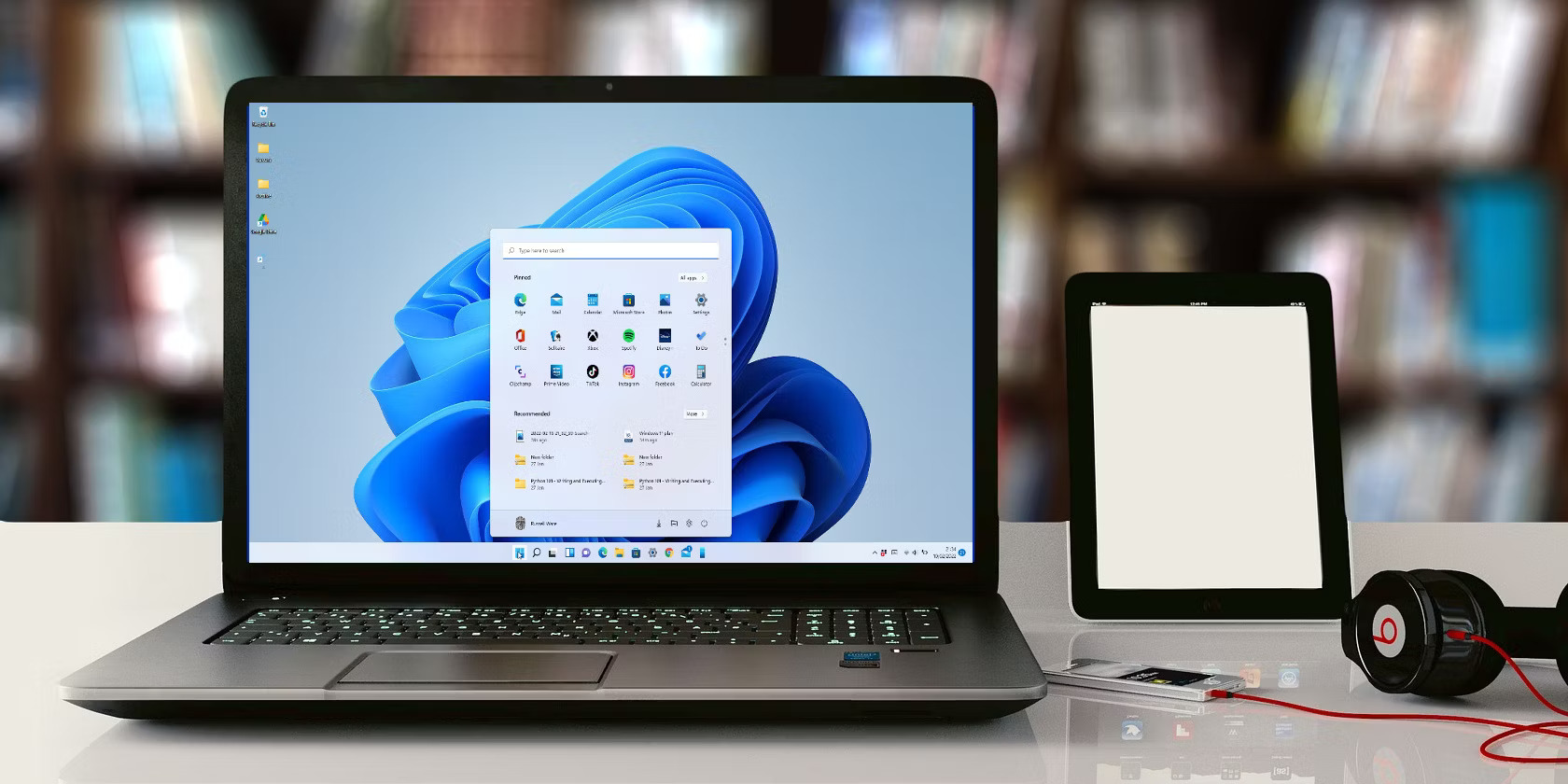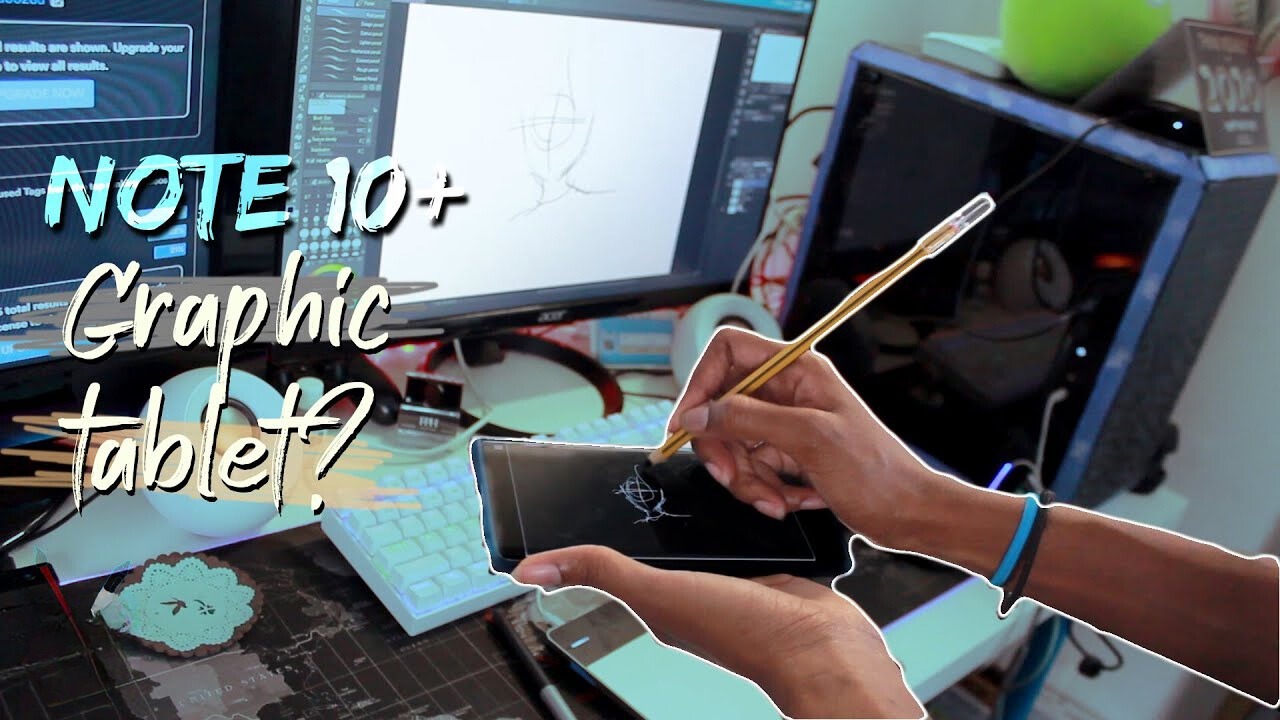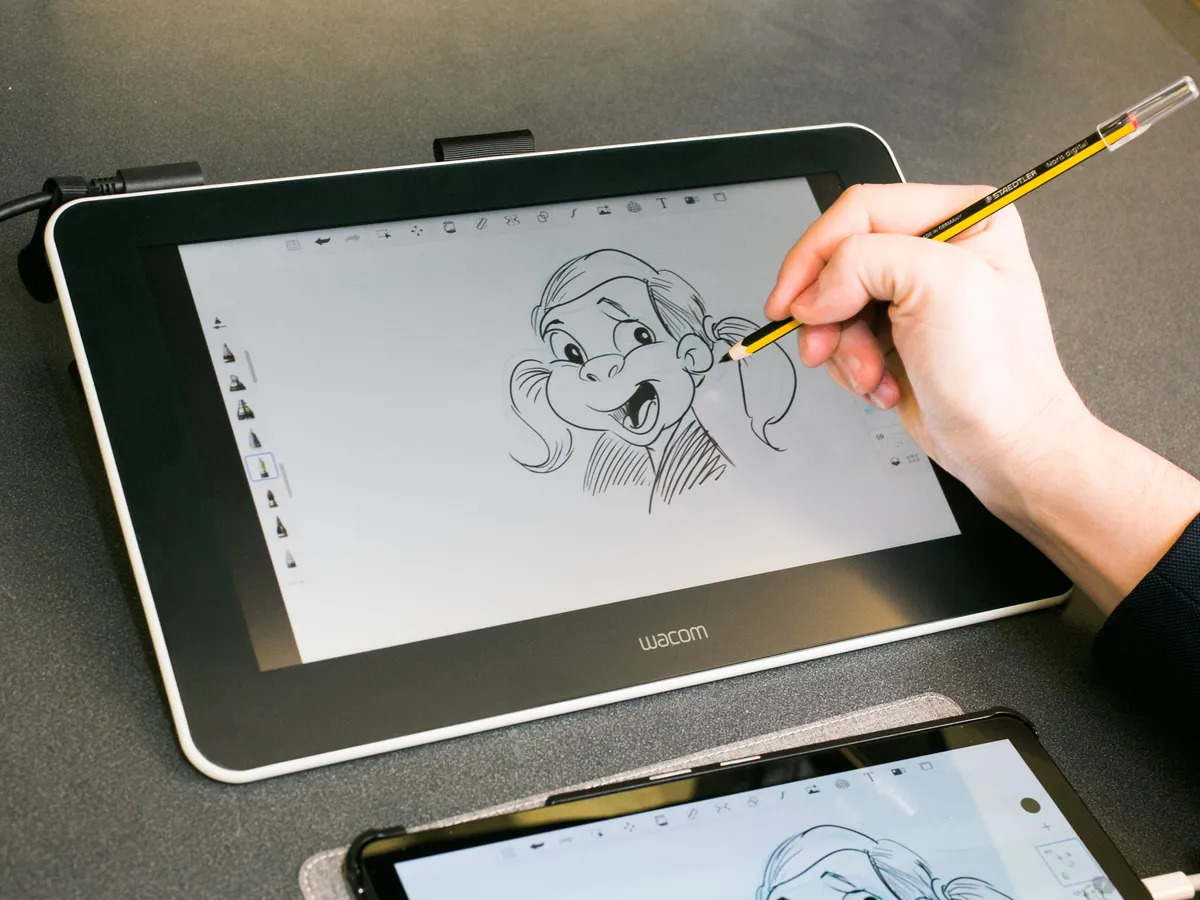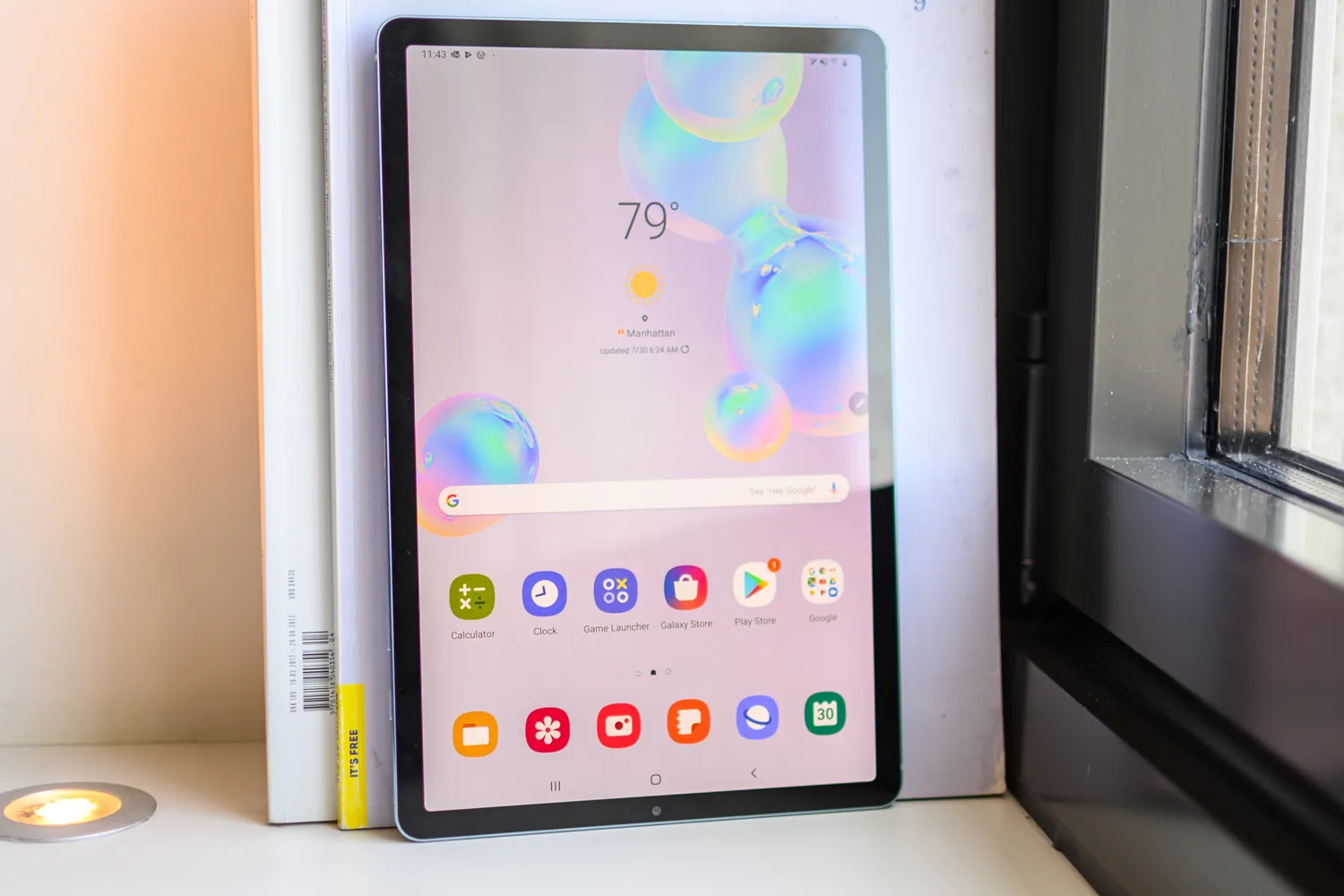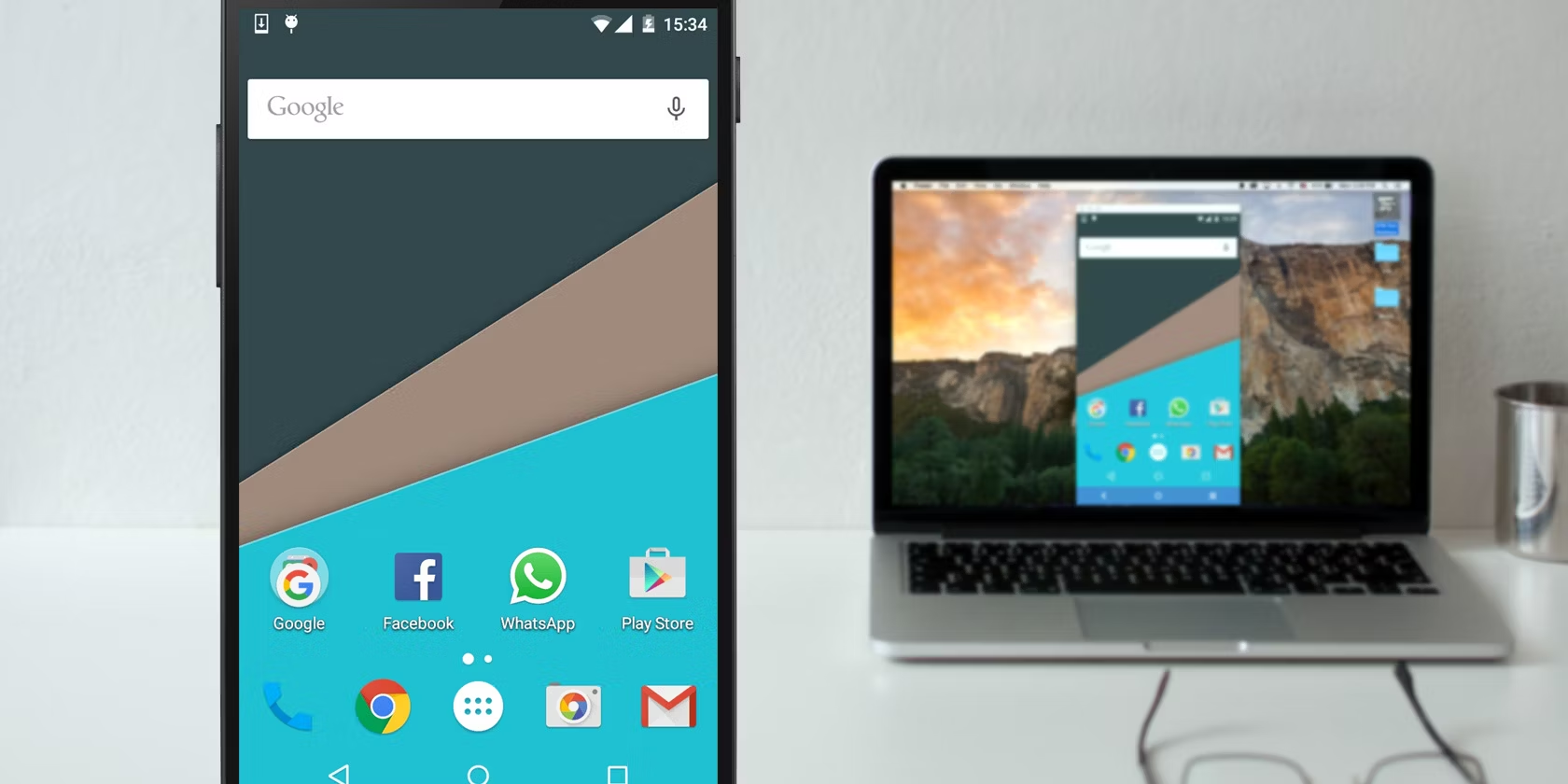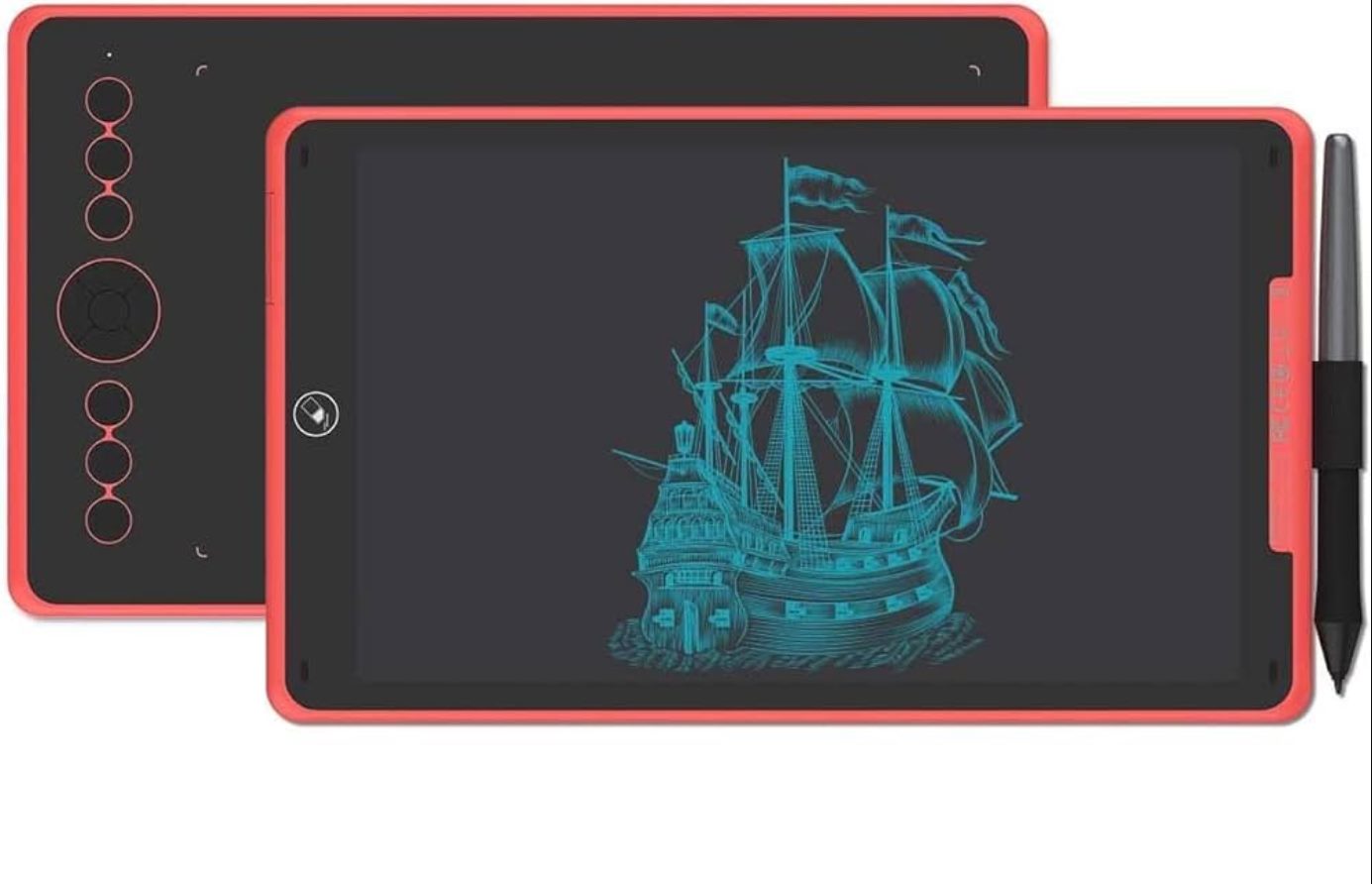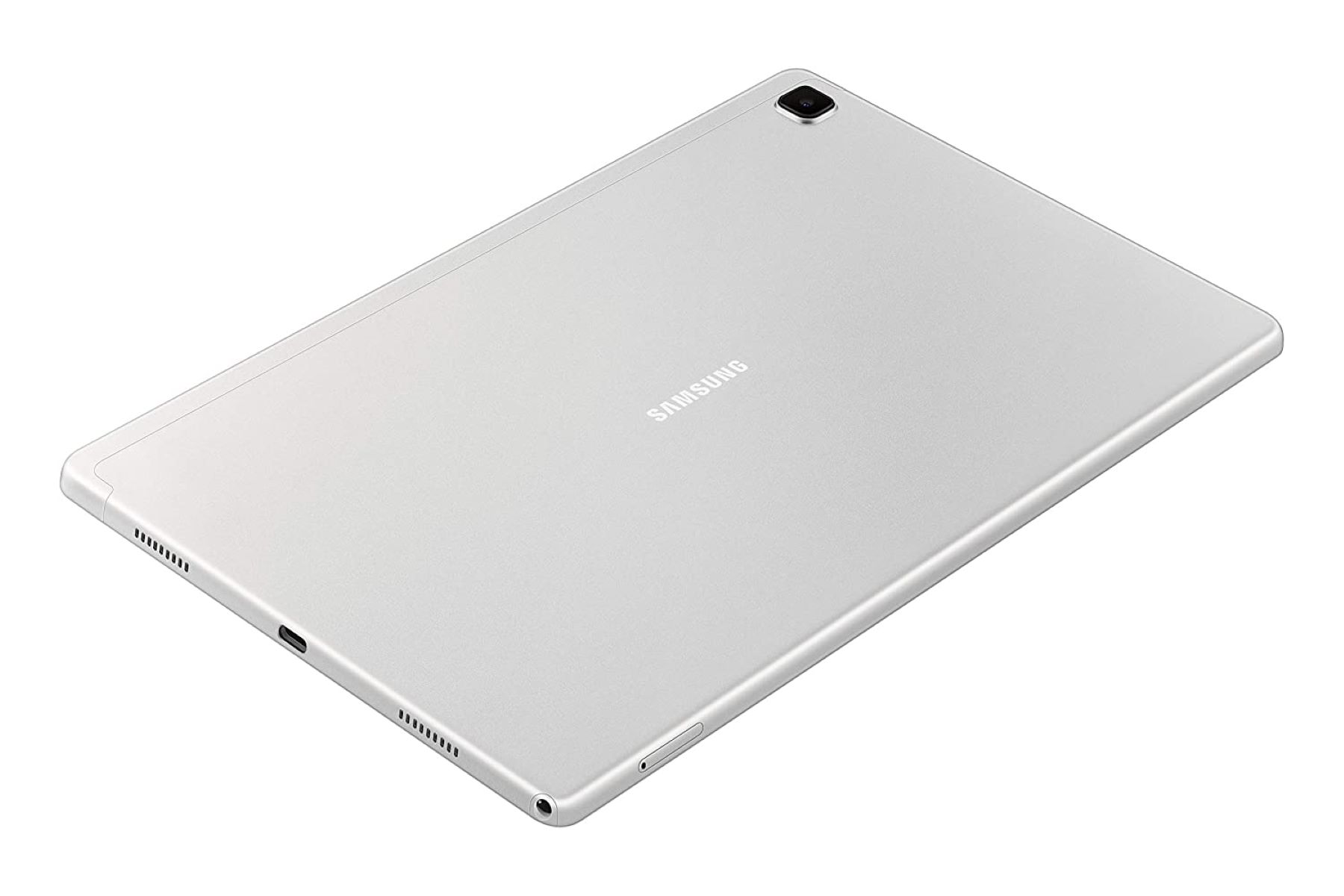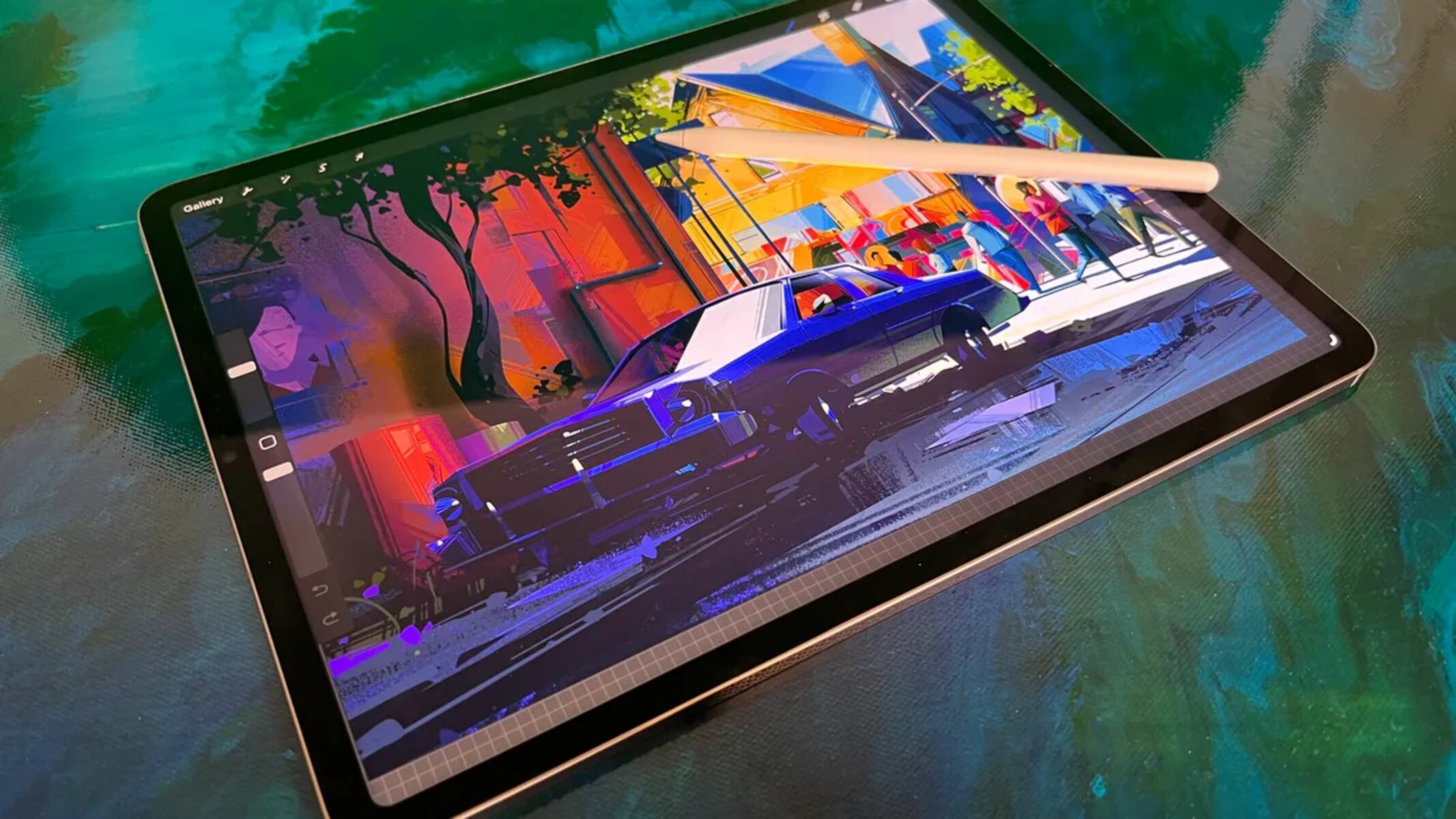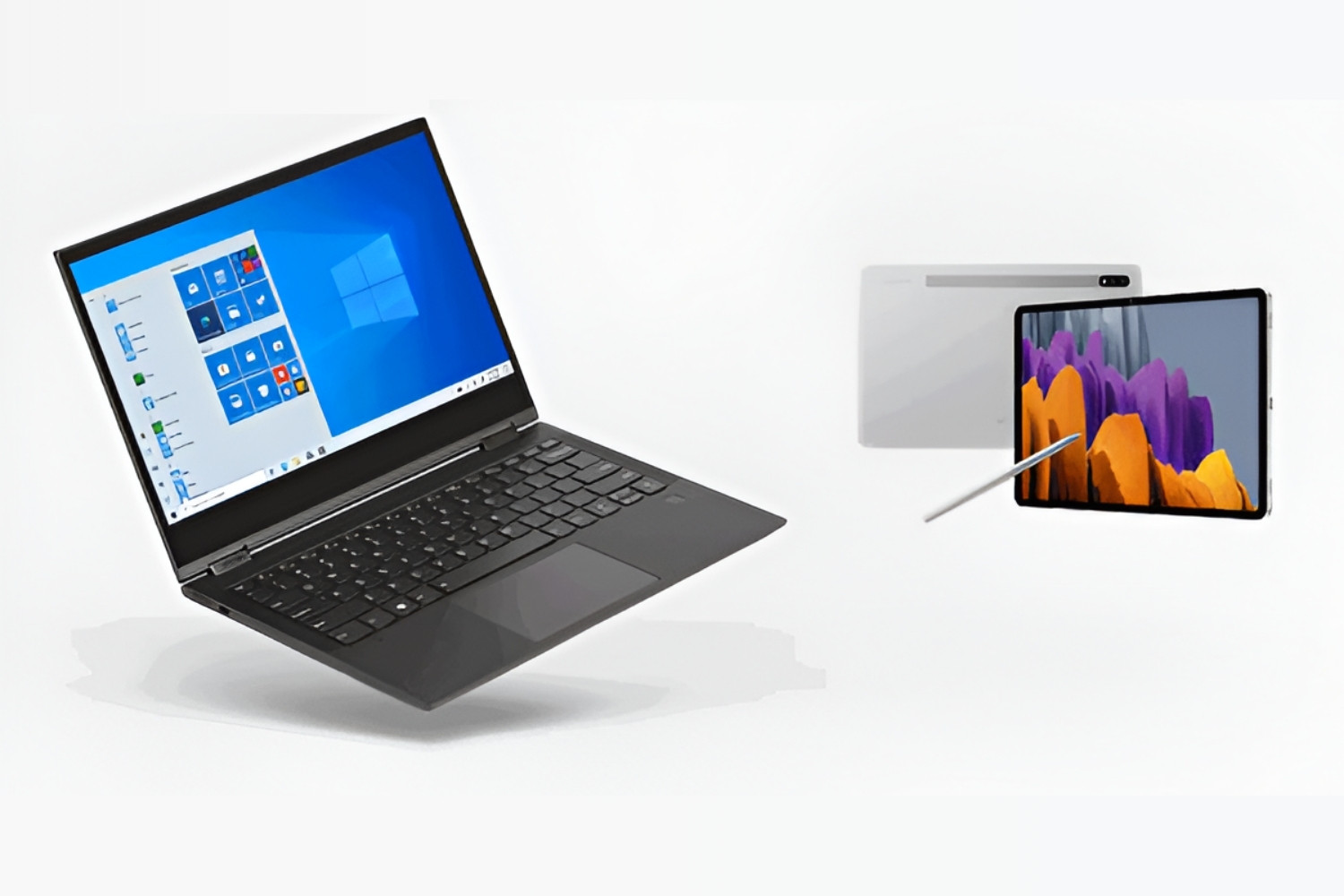Introduction
Connecting your Android tablet to your PC can open up a world of possibilities. Whether you want to transfer files, backup data, or simply use your tablet as a second screen, establishing a reliable connection is essential. Fortunately, the process is relatively straightforward, even for those with limited technical knowledge. In this guide, we’ll walk you through the steps to connect your Android tablet to your PC using a USB cable.
By establishing a connection between your tablet and PC, you can seamlessly transfer files, access your tablet’s storage, and manage your device more effectively. This can be especially useful when you need to backup important data, sync files between devices, or perform software updates.
Before we dive into the steps, keep in mind that the process might vary slightly depending on the make and model of your tablet and PC. However, the core steps remain the same across most Android devices and Windows PCs.
Now, let’s get started and learn how to connect your Android tablet to your PC.
Step 1: Enable USB Debugging on your Android tablet
USB Debugging is a developer option that allows your Android tablet to communicate with your PC over a USB connection. By enabling this feature, you give your PC the necessary permission to access and interact with your tablet’s software and files. Here’s how you can enable USB Debugging:
- Open the settings on your Android tablet. You can typically find the settings app in your app drawer or by swiping down from the top of the screen and tapping the gear icon.
- Scroll down and tap on “About tablet” or “About device”. The exact wording may vary depending on your device.
- Locate the “Build number” option and tap on it seven times. After tapping several times, you should see a message indicating that you have enabled developer options.
- Go back to the main settings menu and scroll down to find the newly unlocked “Developer options”. Tap on it to access the developer options menu.
- Scroll down in the developer options menu and locate “USB Debugging”. Tap the toggle switch next to it to enable USB Debugging.
Once USB Debugging is enabled, your Android tablet is ready to establish a connection with your PC. Remember to keep USB Debugging enabled only when necessary, as it may pose security risks if left enabled all the time.
Now that USB Debugging is enabled on your Android tablet, let’s move on to the next step of connecting your tablet to your PC.
Step 2: Connect your Android tablet to your PC via USB cable
With USB Debugging enabled on your Android tablet, you are now ready to physically connect your tablet to your PC using a USB cable. Follow these steps:
- Locate the USB port on your Android tablet. It is usually found at the bottom or on the side of the device.
- Take the USB cable that came with your tablet or any compatible USB cable and plug one end into the USB port on your tablet.
- Next, locate a USB port on your PC. It can be on the front or back of the computer unit. If you are using a laptop, the USB port is usually on the side or back.
- Take the other end of the USB cable and plug it into the USB port on your PC.
Once the cable is securely connected to both your tablet and PC, you should see a notification on your tablet indicating that it is connected as a media device. On your PC, your tablet should be recognized and appear as a new device.
If your tablet does not automatically connect to your PC, try unlocking your tablet and swiping down from the top of the screen. Look for a notification that says “USB charging this device” or “USB for file transfer”. Tap on the notification and select the “File Transfer” or “Media Device (MTP)” option to establish the connection.
Now that your Android tablet is successfully connected to your PC via the USB cable, let’s move on to the next step and select the USB connection mode on your tablet.
Step 3: Select the USB connection mode on your Android tablet
After successfully connecting your Android tablet to your PC via USB cable, you need to select the appropriate USB connection mode to ensure that your tablet is recognized as a media device by your computer. The USB connection mode determines how your tablet interacts with your PC. Here’s how you can select the USB connection mode:
- Swipe down from the top of the screen on your Android tablet to access the notification panel.
- Look for an entry labeled “USB connected” or “USB for file transfer” in the notification panel and tap on it.
- You will be presented with a list of USB connection options. The available options may vary depending on your tablet’s manufacturer and Android version.
- Select the “File Transfer” or “Media Device (MTP)” option from the list. This mode allows your tablet to connect as a media storage device, enabling file transfer between your tablet and PC.
Once you have selected the appropriate USB connection mode, your Android tablet will be recognized by your PC as a media device. You can now access your tablet’s storage and files from your computer.
If you are unable to find the USB connection mode settings in the notification panel, you can also access them through the settings app. Open the settings on your Android tablet, go to the “Connected devices” or “Storage” section, and look for the USB connection mode options.
With the USB connection mode set, you are one step closer to fully utilizing the connection between your Android tablet and PC. In the next step, we will discuss how to install the necessary drivers on your PC.
Step 4: Install necessary drivers on your PC
When connecting your Android tablet to your PC, it is important to ensure that the necessary drivers are installed on your computer. These drivers allow your PC to properly communicate with your tablet and enable features such as file transfer and device management. Here’s how you can install the necessary drivers on your PC:
- If you are using a Windows PC, Windows will often automatically install the required drivers when you connect your tablet for the first time. Wait for a few moments and let Windows finish installing the drivers.
- If Windows does not automatically install the drivers, you may need to manually install them. Visit the official website of your tablet’s manufacturer and look for the “Support” or “Downloads” section.
- In the support section, search for drivers specifically designed for your tablet model and your PC’s operating system. Download the appropriate drivers.
- Once downloaded, locate the driver file on your PC, usually in the Downloads folder.
- Double-click on the driver file to start the installation process. Follow the on-screen instructions to install the drivers.
- Restart your PC after the installation is complete to ensure that the drivers are properly configured.
By installing the necessary drivers, you ensure that your PC can recognize your Android tablet and establish a seamless connection. If you encounter any issues during the driver installation process, consult the manufacturer’s documentation or support resources for further assistance.
Now that the drivers are installed, you can proceed to the next step and access your Android tablet files on your PC.
Step 5: Access your Android tablet files on your PC
With your Android tablet connected to your PC and the necessary drivers installed, you can now access your tablet’s files and folders directly from your computer. By doing so, you can easily transfer files, manage your device, and perform backups. Here’s how you can access your Android tablet files on your PC:
- Open a file explorer on your PC. This can be done by clicking on the “File Explorer” icon in the taskbar or by pressing the Windows key + E on your keyboard.
- In the file explorer, look for the “Devices and Drives” section. Your Android tablet should appear as a connected device or as a removable storage device.
- Click on the icon representing your Android tablet to open it.
- You should now see the folders and files on your Android tablet. You can navigate through the folders to access specific files or folders.
- To transfer files from your PC to your tablet, simply drag and drop the files from your PC’s file explorer to the appropriate folder on your Android tablet.
- To copy files from your tablet to your PC, select the files you want to copy, right-click, and choose “Copy”. Then, navigate to the desired location on your PC, right-click, and choose “Paste”.
Depending on your tablet’s storage configuration, you may have access to multiple folders, such as “Internal Storage” or “SD Card”. These folders represent different storage locations on your tablet and may contain different files and data.
It’s important to note that the exact steps and file organization may vary slightly depending on your tablet’s manufacturer and Android version. However, the general process of accessing your Android tablet files on your PC remains the same.
Now that you know how to access your Android tablet files on your PC, let’s move on to the next step and learn how to transfer files between your tablet and PC.
Step 6: Transfer files between your Android tablet and PC
Now that you have successfully accessed your Android tablet files on your PC, you can easily transfer files between the two devices. Whether it’s photos, videos, documents, or music, transferring files is a seamless process. Here’s how you can transfer files between your Android tablet and PC:
- Ensure that your Android tablet is connected to your PC via the USB cable and the USB connection mode is set to “File Transfer” or “Media Device (MTP)”.
- Open the file explorer on your PC and navigate to the location where the files you want to transfer are stored.
- Select the files you want to transfer. You can do this by clicking and dragging a box around the files or holding down the Ctrl key and selecting individual files.
- Right-click on the selected files and choose “Copy”.
- Go back to the file explorer window for your Android tablet. Navigate to the location where you want to transfer the files, such as the internal storage or an SD card.
- Right-click in the location and choose “Paste” to transfer the files from your PC to your Android tablet.
- If you want to transfer files from your Android tablet to your PC, follow a similar process. Select the files on your tablet, right-click, choose “Copy”, navigate to the desired location on your PC, and choose “Paste”.
During the file transfer process, it’s important to ensure that the USB cable remains securely connected and that both your tablet and PC have sufficient storage space available.
By following these steps, you can easily transfer files between your Android tablet and PC, allowing you to keep your files organized and readily accessible on both devices.
Now that you know how to transfer files, let’s move on to the final step: safely disconnecting your Android tablet from your PC.
Step 7: Safely disconnect your Android tablet from your PC
After you have completed your file transfers or any other tasks involving your Android tablet and PC connection, it is important to safely disconnect your tablet from your PC to avoid any data corruption or damage. Follow these steps to safely disconnect your Android tablet:
- Make sure that all file transfers and operations between your tablet and PC are completed.
- Close any applications or programs that are accessing files on your Android tablet.
- In the system tray on your PC, locate the “Safely Remove Hardware” or “Eject” icon. It is typically represented by a USB icon or a hardware device icon.
- Click on the “Safely Remove Hardware” or “Eject” icon.
- A list of connected devices will appear. Locate the entry corresponding to your Android tablet.
- Click on your tablet’s entry to safely eject it from your PC.
- Wait for a notification or message indicating that it is safe to disconnect your tablet.
- Once you have received confirmation, gently unplug the USB cable from your tablet and PC.
It’s important to note that abruptly disconnecting your tablet without following the proper eject procedure can potentially lead to data loss or hardware issues. To maintain the integrity of your files and devices, always make sure to safely disconnect your Android tablet from your PC.
With your Android tablet safely disconnected, you have successfully completed the process of connecting and transferring files between your tablet and PC. You can now enjoy the benefits of a seamless connection, allowing you to manage your tablet and files more efficiently.
That concludes our guide on how to connect an Android tablet to a PC. We hope this step-by-step process has been helpful in establishing a successful connection and transferring files.
Conclusion
Connecting your Android tablet to your PC opens up a world of possibilities, from transferring files to managing your device efficiently. By following the steps outlined in this guide, you can establish a reliable connection and seamlessly transfer files between your tablet and PC.
Starting with enabling USB Debugging on your Android tablet, you ensure that your PC has the necessary access to your tablet’s software and files. Then, by connecting your tablet to your PC via a USB cable and selecting the appropriate USB connection mode, you establish a physical connection between the devices.
Installing the necessary drivers on your PC is crucial to ensure smooth communication between your tablet and PC. Through these drivers, you can access your Android tablet files directly from your computer’s file explorer.
With the connection established and the drivers installed, you can easily transfer files between your Android tablet and PC. Whether it’s documents, photos, videos, or music, the process is simple and enables you to keep your files organized and accessible on both devices.
Finally, it’s important to safely disconnect your Android tablet from your PC to avoid any data corruption or damage. By following the proper eject procedure and waiting for confirmation, you can safely unplug the USB cable from your tablet and PC.
With these steps completed, you can enjoy the benefits of a seamless connection between your Android tablet and PC. Whether you need to backup important data, sync files, or perform software updates, you now have the knowledge to connect, transfer, and manage your Android tablet with ease.
We hope this guide has been helpful in simplifying the process of connecting your Android tablet to your PC. Now go ahead, connect your devices, and make the most out of the power and convenience they offer!







